The Trump administration has a plan for inflation: Make it at least a little worse.
I didn’t say it was a good plan.
It is not the case, as one so often hears, that higher prices inflicted on producers or retailers—in the form of higher taxes, regulatory burdens, or, today’s topic, tariffs—are necessarily “passed on to consumers.” That is a myth based on the fiction that sellers in the marketplace have the power to set prices unilaterally, which they do not—buyers have the power to say “no,” which is why sellers in very price-sensitive markets (fast food, many big-box stores) do not just jack up their prices every time there’s an increase in their expenses. A big seller such as Walmart is much more likely to try to pass along expenses to its vendors, its business partners, and (unhappily for them!) its employees than to try to pass them on to customers who have a dozen different places to buy oatmeal or socks. A business that relies on Walmart for 70 percent of its sales, on the other hand, has fewer options.
When there was a big drive to raise the minimum wage a few years back, we were subsequently treated to studies that asked—and answered—the wrong question: whether unemployment had increased in the sectors affected by the local minimum-wage hikes around the country. There are many things that affect the employment rate, and the minimum wage is only one of them. Unfortunately, the relevant question—what the actual employment situation looks like compared to what it would have looked like without the higher minimum wages—is impossible to answer with any high level of precision or confidence, it being a counterfactual and all.
We see the same dynamic at work with changes to corporate taxes, investment taxes, regulatory-compliance expenses, etc. Tariffs are a tax, one that is—contrary to what you will hear from the former game-show host currently serving (incredible fact!) his second stint as president of these United States—paid by the “importer of record,” which is in most cases a U.S.-based company. Some of those companies will try to pass on the cost of tariffs to their customers (who may be individual consumers but who often will be other U.S.-based companies), some will try to recoup costs by reducing their employees’ compensation (either in absolute terms or relative to the no-new-tariffs scenario) or by leaning on vendors and service providers. Tracking down “tax incidence”—who actually ends up paying the real economic costs of a tax—is a complicated business, and economists will disagree about estimates and models.
What they do not disagree about is that taxes on businesses put upward pressure on prices and downward pressure on wages and other business expenses. How that all gets sorted out in the marketplace is head-clutchingly complex, but a good rule of thumb (one that is almost a tautology) is that the more power a player has in the marketplace, the more that player is able to pass on expenses to other, less-powerful parties. That’s one of the reasons increases in minimum wages have so little observable effect on the actual living standards of minimum-wage workers, who are, pretty much by definition, the workers whose labor is least in demand.
U.S. housing prices have been on a steep upward trajectory for years now, and some people—namely homeowners with paid-for properties or locked-in low mortgage rates—like it that way. And those people tend to be politically powerful—they vote. The people who are most hurt by rising housing prices are those just trying to get into their first house, who tend to be younger and less affluent, and, hence, less politically influential than the golden oldsters who are benefiting from all that asset appreciation.
Unfortunately for those with modest incomes and those just trying to buy their first home, the Trump tariffs are going to put upward pressure on a lot of things you need to build houses: lumber, steel, aluminum, copper, etc. And while we should be skeptical of simplistic claims about passing on costs to buyers, we’ve seen a lot of that in the housing market. People really want houses, and they’ll stretch to buy one in a way they won’t when it comes to cheeseburgers or flip-flops.
“Tariffs will be an issue at the margins—but at the margins is where the real economics happens and where prices get set.”
We produce a lot of those housing inputs in the United States, but we import a lot of them, too. I get a press release about three times a week from the lumber lobby’s PR shop, the upshot of each missive being that U.S. lumber producers are desperate to raise their prices (they don’t put it quite so bluntly) but cannot because of competition from relatively cheap Canadian imports. It is cheaper to produce lumber in Canada than in the United States, not because the Canadian firms are “subsidized,” as their U.S. competitors claim, but because of more fundamental differences in the way the two countries’ lumber markets are organized. (The short version is that most U.S. lumber is produced from private land, while Canadian lumber is produced from public land, and U.S. companies think the Canadian government doesn’t charge Canadian producers enough for the privilege of harvesting that timber.)
Lumber is expensive and awkward to ship, but it has a long shelf life, and there are lots of people all around the world who would like to buy that Canadian lumber. Tariffs on it are probably not going to transfer many economic burdens from U.S. lumber producers to Canadian lumber producers—they are more likely to transfer an economic burden from U.S. lumber producers to relatively low-income young people who want to buy a house but cannot afford one, or cannot afford the sort of house they want.
The lumber lobby argues that allowing them to make more money by taxing Americans who want to buy less expensive Canadian lumber won’t add very much to the price of a house. And they are probably right about that, it will likely add only a little. Ditto for the steel tariffs. And the aluminum tariffs. And the copper tariffs. And higher energy prices from tariffs on oil. Also the tariffs on a thousand other things that go into making houses. Housing inflation is already expected to remain relatively high in 2025—a little higher than the overall rate of inflation—in spite of high interest rates that have shut many potential buyers (again, the young and the relatively low-income/low-wealth) out of the marketplace.
Our housing problem is a little bit like our water problem—we have a lot of the stuff, but it isn’t where we need it to be. Many struggling U.S. cities have thousands upon thousands of unoccupied housing units—15,000 in Baltimore, 24,000 in St. Louis, 55,000 in Detroit, etc.—but where people want houses is in the Bay Area, the capital city and its suburbs, Austin, metro Boston, etc. Making housing inputs more expensive is going to discourage building in those places and will put unwanted (by would-be buyers, anyway) pressure on prices in those areas.
Tariffs aren’t the only factor here, or even the most important one—local housing and land-use regulations and NIMBYism are big factors, and so is the labor market. (Immigrants make up about 30 percent of construction workers. It is estimated that one in four New York City construction workers are illegal immigrants: ¡Vaya con Dios, work force!) Tariffs will be an issue at the margins—but at the margins is where the real economics happens and where prices get set. And Americans who are disappointed by their inability to afford a house ought to understand that the Trump administration is making prices higher in order to support higher incomes for politically connected business interests led by well-compensated executives who most definitely can afford the two or three houses they own, even if Aspen is getting awfully unreasonable.
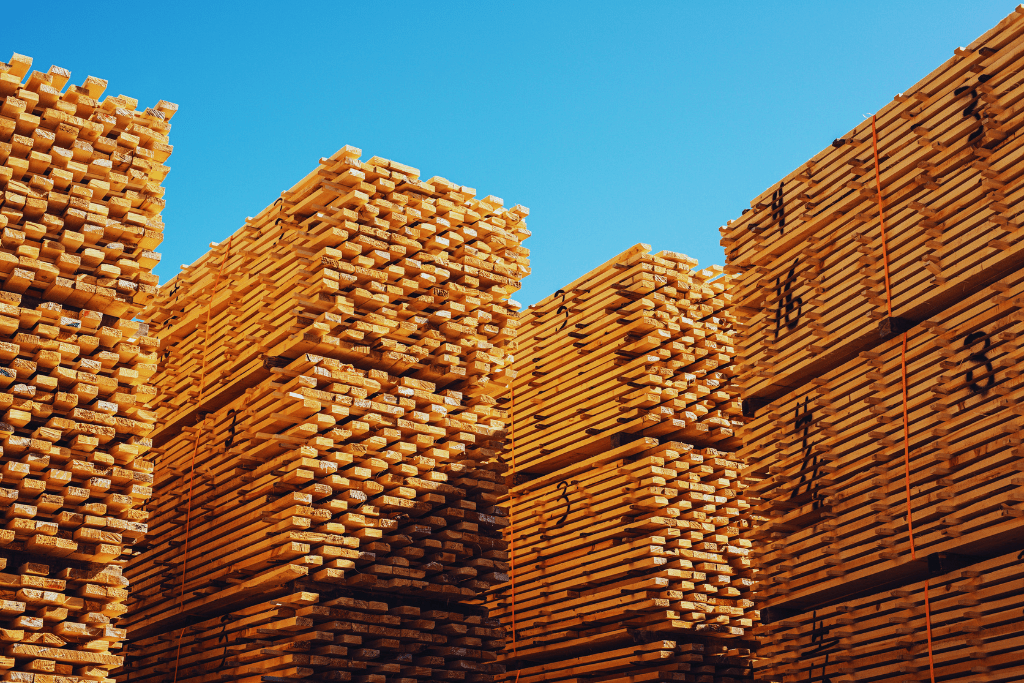
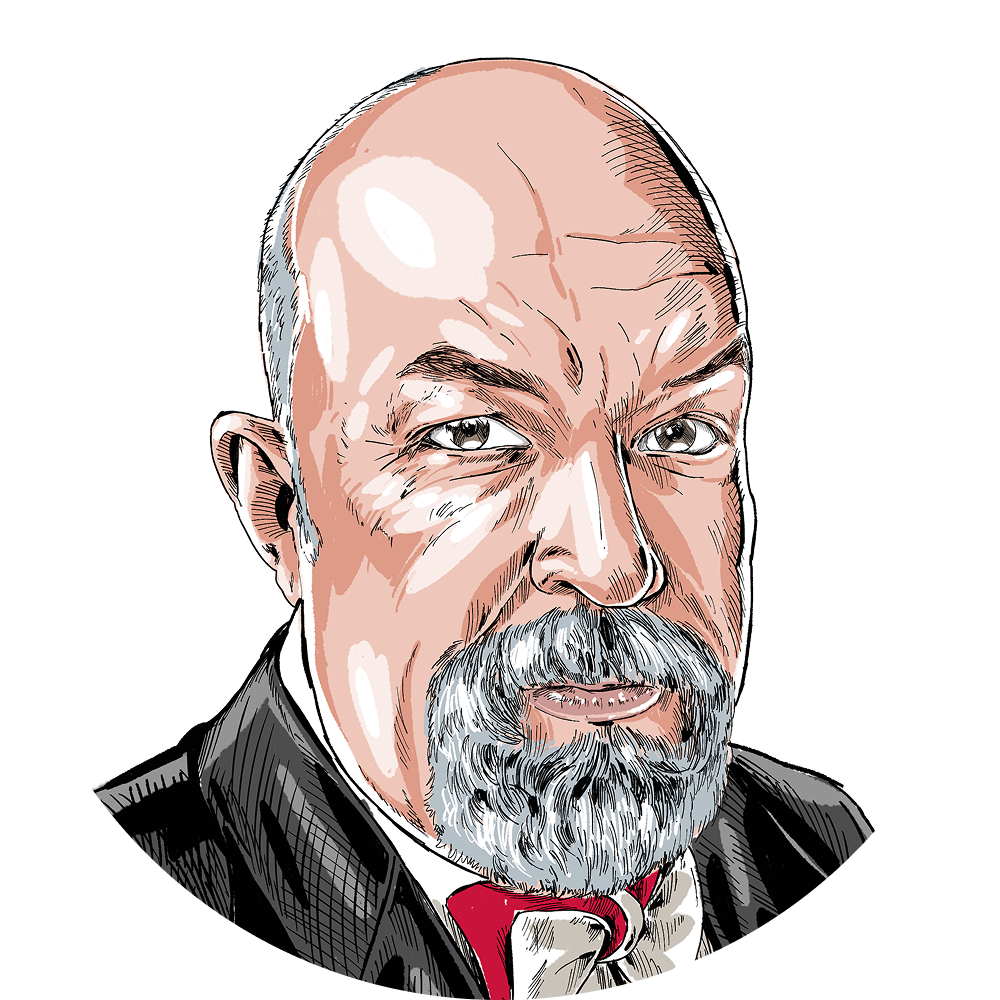
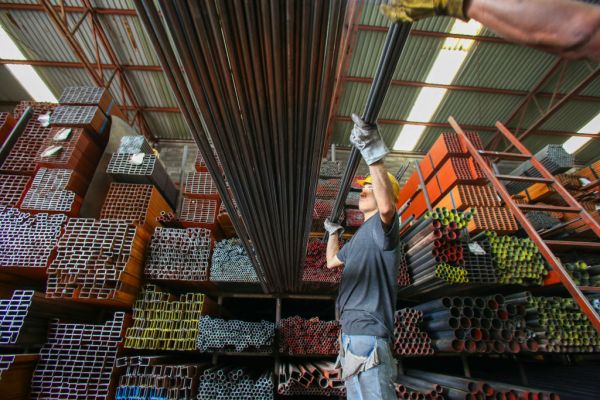
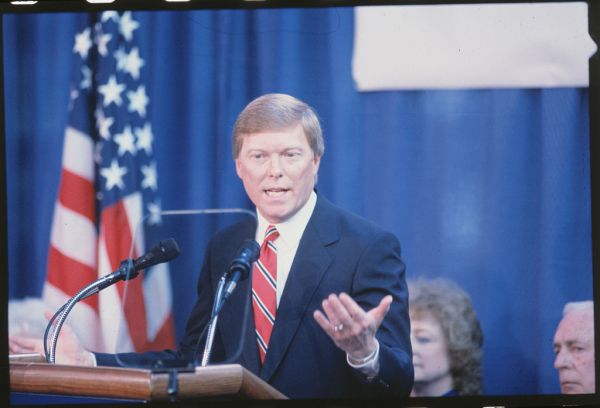
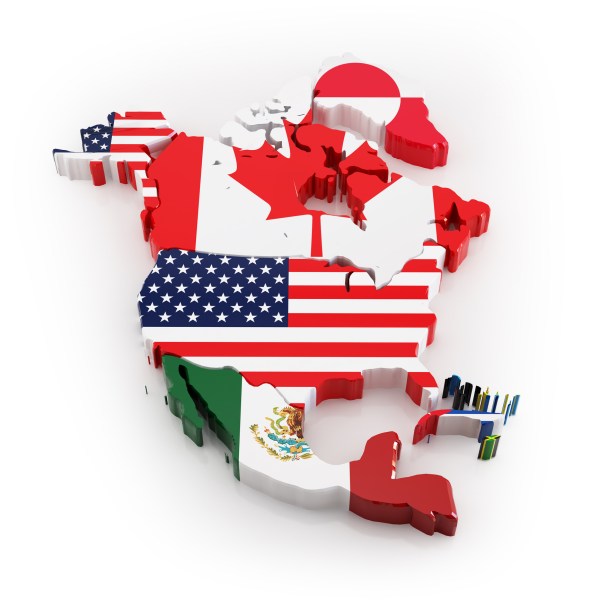



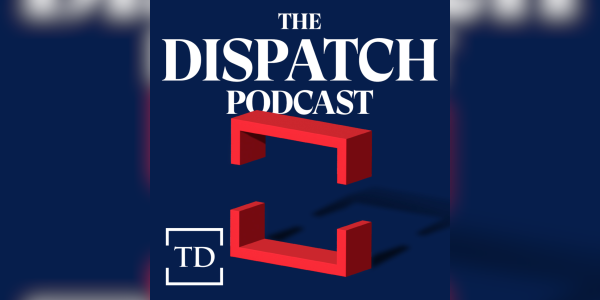

Please note that we at The Dispatch hold ourselves, our work, and our commenters to a higher standard than other places on the internet. We welcome comments that foster genuine debate or discussion—including comments critical of us or our work—but responses that include ad hominem attacks on fellow Dispatch members or are intended to stoke fear and anger may be moderated.
With your membership, you only have the ability to comment on The Morning Dispatch articles. Consider upgrading to join the conversation everywhere.